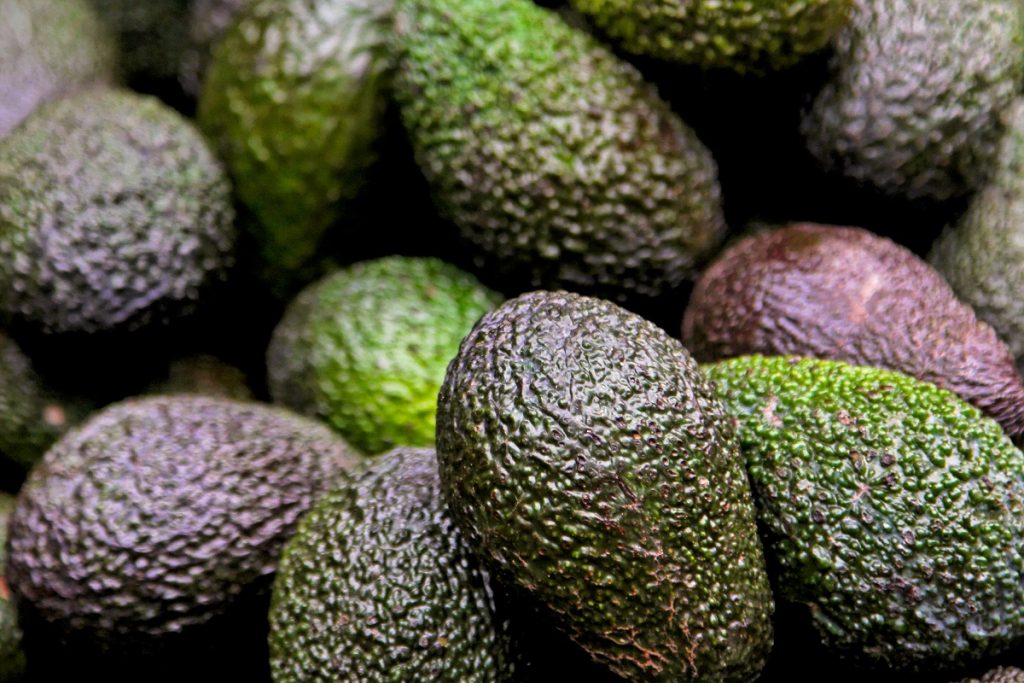Australia notches sharp avocado production rise in 2017-18

 Australian avocado production increased 17% year-on-year to 77,000 metric tons (MT) during the 2017-18 season and is forecast to continue along a strong upward curve.
Australian avocado production increased 17% year-on-year to 77,000 metric tons (MT) during the 2017-18 season and is forecast to continue along a strong upward curve.
The value of the last season's crop was AUD$557 million (US$402 million), according to Avocados Australia.
“One-third of Australia’s avocado trees have yet to reach their prime production years but enough of the new plantings have come online this year to boost the industry above last year’s 66,000t,” said John Tyas, chief executive of the industry association.
Tyas noted that production has almost doubled in the past decade from around 40,000MT, and he forecast volumes would rise to around 115,000MT annually by 2025.
The representative added that Australians' ongoing love affair with smashed avocado was good news for the industry.
“Australian domestic consumption held at 3.5kg per person per year for the second year in a row but we’re confident there’s room for growth there as well,” he said.
Queensland is the leading avocado-growing region with a 62% share, followed Western Australia with 25%. Tyas said almost every growing region was experiencing a growth in plantings, primarily of the dominant Hass variety but also Shepard in Queensland.
He added that as production climbed, Avocados Australia was working with Hort Innovation to expand domestic and existing international markets. Avocados Australia is also working actively with the Australian Government to open new export markets.
“Australia will always be a supplier of top-quality Premium avocados, mainly Hass, in the international market, rather than a bulk supplier,” he said.
“At the moment, we export less than 5% of our production annually but that will increase as our production increases. Gaining access to new markets ahead of that increased supply is a high priority for the Australian industry, as is boosting our current markets, Malaysia and Singapore in particular.”













































